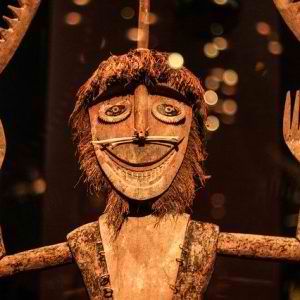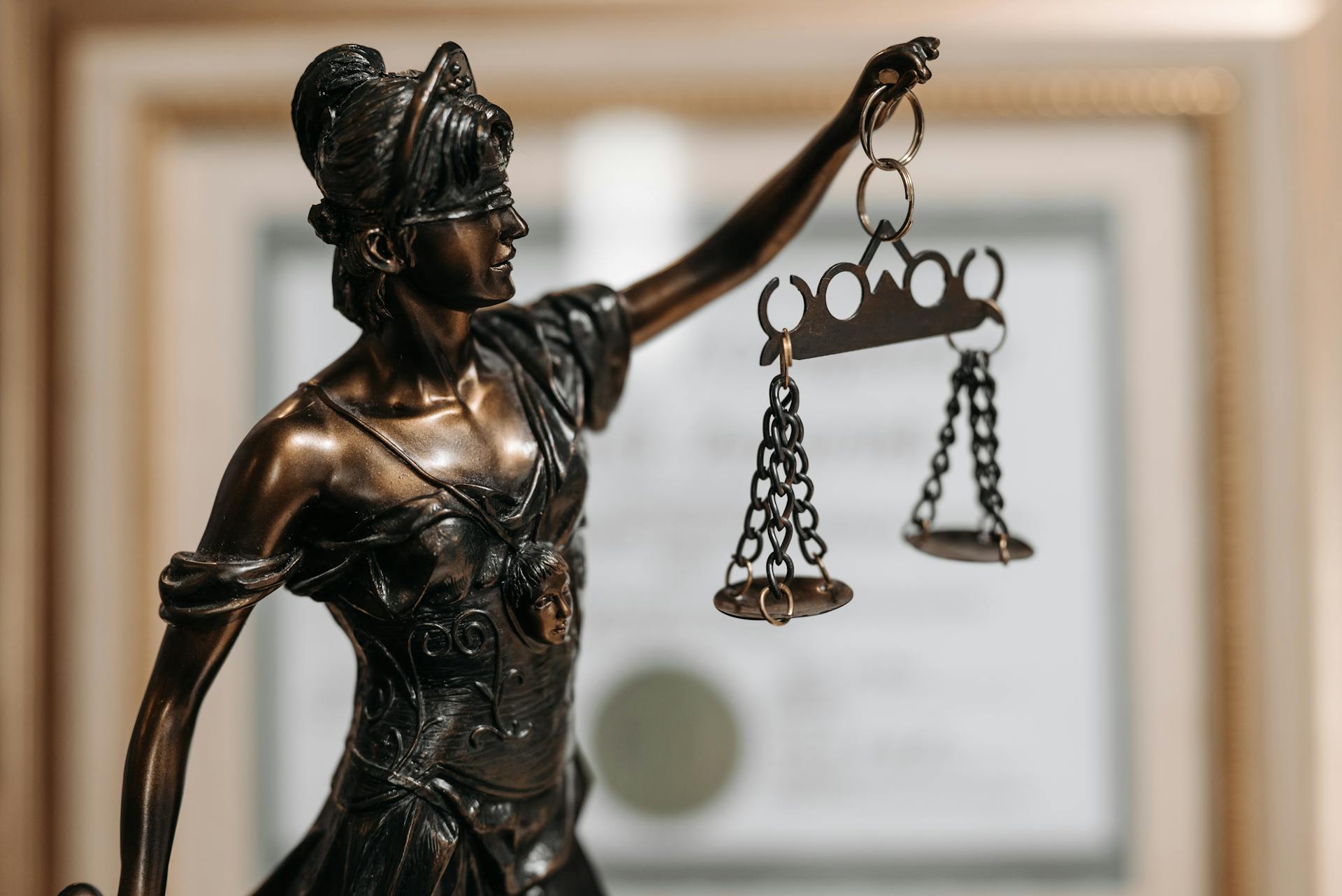[bctt tweet="To expect a people to be able to enjoy their culture without their cultural heritage and their sacred belongings is equivalent to amputating their legs and digging up the ground and asking them to run a marathon- Mick Dodson." username="QaziniKenya"]
"The queen of England wears a crown. What do you think would happen to our country if one of us snuck in, took that crown and come back home with it? An invasion? The withholding development aid?"
This question was posed by Juma Ondeng, the coordinator of programs at the National Museums of Kenya. He was addressing the audience that attended the first Object Movement Dialogues, a conversation that sought to offer insights into the complexities around the repatriation of cultural Kenyan objects.
"That crown signifies lots of things and is part of English identity. And so, the moment you steal it and run away with it, you are also denying them that identity", Ondeng concluded.
Up to 90% of Africa's artistic heritage, a considerable amount of which was looted by colonial powers during the colonization of Africa, is held outside the continent. Over the years, several organizations have brought these issues to the attention of the public, urging the culprits to return these pieces to its rightful owners.
One of the most prominent cases of looted art concerns the Benin Bronzes; over a thousand plaques and sculptures that decorated the royal palace of the Kingdom in Benin, situated in present day Nigeria. After the British army violently raided Benin City in 1897, their soldiers roamed around the King’s palace and other houses in the city to collect any valuable items they could find.
Months later, the robbed artefacts arrived in Europe where they ended up in museums, got sold at auctions or were kept by soldiers as souvenirs. Four items ended up in Queen Victoria’s possession while many other artefacts quickly spread to other parts of Europa and the United States.
The displaying of Benin Bronzes in museums has always been a source of mixed feelings for Nigerian people. Pride, for people all over the world could appreciate the skills and art from the former Benin Kingdom; but also anger, because the British Museum started to display and sell stolen plaques in the 1950s.
This anger deteriorated twenty years later when a major festival of Black art and culture in Lagos asked the British Museum for the 16th-century ivory mask of a famous Oba’s mother. The piece was supposed to serve as the centrepiece of the 1977 edition but the British Museum refused to lend the mask because they deemed it too fragile to travel. Nigerian media, however, claimed the reason the mask didn’t travel to Nigeria was that the British government had asked for a $3 million insurance, an absurdly high amount for something that was never theirs in the first place.
Throughout the colonial period, large amounts of Kenyan art and artefacts have suffered the same fate, resulting in invaluable cultural losses. Missionaries shamed locals into abandoning their culture, making it easy to plunder or buy art at paltry prices and ship it back to Europe or the United States, where it drastically increased in value, far away from its origins.
Some of this looting took place in the form of trophies from people like Koitalel Arap Samoei, leader of the Nandi. After killing him in an ambush, British hunters took his skull, sandals, clubs, together with documents, records, Mau Mau artefacts and other art back to Britain at the end of the State of Emergency. Although Samoei’s belongings were returned in 2006, his skull is still held in Britain, despite calls from George Tarus, legal officer of Nandi County, to return the political and spiritual leader’s head in 2016.
Another story of looted Kenyan art is that of the infamous lions from Tsavo. During the nine-month construction period of the Kenya-Uganda Railway in 1898, two maneless lions allegedly attacked and ate over a hundred labourers working on the railway line between Mombasa and Lake Victoria. Later research showed that this was an exaggeration and that the lions probably ate about thirty men. The two killer beasts, given the notorious name, The Tsavo Man-Eaters, were eventually shot by British Engineer Lieutenant Colonel John Patterson who carried the lions’ remains back to his homeland. After keeping the skins as floor rugs for twenty-five years, Patterson sold them to the Field Museum of Natural History in Chicago in 1925. The museum reconstructed the skins together with the skulls and catalogued them into the museum's permanent collections.
Then there was The Vigango Heist. Vigango totems are wooded sculptures which, according to Mijikenda cultural beliefs, serve to pay respect to the dead. The Mijikenda believe that a vigango, once erected, should never be moved. The totems are very valuable, both materialistically and spiritually, with families spending their entire savings on their construction and accompanying rituals. The totems are supposed to stand until they naturally decompose but they are an easy target for desperate youth. They sell them for relatively little money to Western art collectors who bring them to the US and European countries where their prices increase tenfold or more. Stealing vigango has been happening for years but the ‘business’ boomed in the 1980s when Hollywood celebrities started collecting them as decorative ornaments.
It wasn’t until a decade later, when the malpractices of looting from graves became public, that most celebrities decided to gift their collectables to museums in the United States. Several organizations opted to repatriate the stolen pieces back to Kenya and the Illinois State Museum effectively sent two vigango back to Chalani, a village in Kilifi County, after pressure from Barack Obama, who was Senator at the time. Unfortunately, the majority of the stolen vigango are still overseas, owned by universities and museums or kept in private collections.
How is it possible that hundreds of vigango totems, the skull of freedom fighter and Nandi chief Koitalel Arap Samoei and the remains of the Tsavo Man-Eaters and many more African artefacts are all held and displayed in museums and private collections in Western countries when it is very clear that all of these items were stolen?
Part of the answer to this question dates back to colonialism. When Europeans arrived in Africa they deemed themselves superior to indigenous populations, and apparently, museums still think this is the case in 2020. Many claim they should keep the looted art because they are more "responsible" than the countries from where the objects originally came.
Furthermore, established museums like the Louvre or the British Museum surprisingly claim that the return of African items could wipe out European collections. According to them, “the strength of the collection is its breadth and depth which allows millions of visitors an understanding of the cultures of the world and how they interconnect – whether through trade, migration, conquest, or peaceful exchange”, yet they fail to mention how most of the foreign items were acquired: via looting and plundering.
The Royal Museum for Central Africa in Belgium holds over 180,000 African artefacts, making it the biggest collection in Europe. It was previously known to hold exhibitions that glorified Belgian crimes in African colonies. After a five-year-long renovation, the museum now wants to reflect on its colonial past more critically by telling other, more accurate stories about the cruel exploitation of royal colonies.
Whereas this is a (tiny) first step in the good direction, the museum sounds hesitant when bringing up the fact that maybe the pieces shouldn’t stay in Belgium at all. While Belgians with African roots view the museum as a “trophy cabinet” for looters and thieves, the museum assumes that they take better care of the pieces than African countries would. On top of that, they claim the pieces are more valuable to visitors in wealthy European collections, maintaining the colonial thoughts of superiority.
This reasoning implies that Western museums care more about their collections, composed of stolen items, than about African countries being able to showcase and own their own culture and history.
A collaboration between the National Museums of Kenya, the Nairobi-based arts collective The Nest and the German social enterprise Shift now aims to bring change. They founded a research project which creates a database of Kenyan artefacts held in public institutions abroad like the ones mentioned above. The International Inventories Programme (IIP) aims to temporarily or permanently return the works to Kenya and raise awareness among the wider public. The IPP hopes that this will bring more change than elite-level lobbying, resulting in Kenyan art, history and culture coming back home.
Because, and to quote the world-renowned Aboriginal activist, Mick Dodson, "To expect a people to be able to enjoy their culture without their cultural heritage and their sacred belongings is equivalent to amputating their legs and digging up the ground and asking them to run a marathon".





